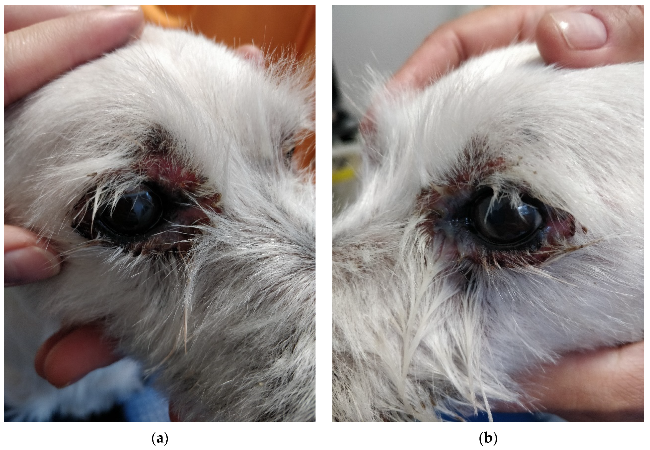Vet Guide to Superficial Necrolytic Dermatitis in Dogs 2025 🐶🩺

In this article
Vet Guide to Superficial Necrolytic Dermatitis in Dogs 2025🐶🩺
By Dr. Duncan Houston BVSc
Superficial necrolytic dermatitis (SND), also known as hepatocutaneous syndrome or necrolytic migratory erythema, is a rare and serious skin disorder in middle-aged or older dogs. It’s most often linked to underlying liver disease or, less commonly, pancreatic tumors.
📍 Who’s at Risk
- Affects dogs typically aged 5–15 years, with average onset around 10 years.
- No specific breed/sex predilection, though small breeds (Cocker Spaniels, Shelties, Terriers) may be overrepresented.
- Often associated with hepatopathy, diabetes, Cushing’s, long-term phenobarbital, mycotoxins, or glucagon-producing tumors.
⚠️ Common Signs
- Painful, crusting, and ulcerated lesions—especially on footpads, elbows, face, mucocutaneous junctions & pressure points.
- Characterized by hyperkeratosis, fissuring, ulceration, alopecia, and "red‑white‑blue" histologic skin pattern.
- Accompanied by signs of systemic disease: weight loss, anorexia, lethargy, PU/PD, and lab abnormalities (high liver enzymes, hypoaminoacidemia, hyperglycemia).
🔬 Diagnostic Steps
- Skin biopsy: reveals characteristic epidermal degeneration—necrosis, parakeratosis, ballooning edema.
- Bloodwork: elevated ALP/ALT/AST, abnormal bile acids, hypoaminoacidemia, possible hyperglycemia/diabetes.
- Abdominal ultrasound: may show hepatopathy ("Swiss cheese" liver) and help rule out pancreatic masses.
- Biopsy of liver/pancreas: may assist in identifying underlying malignancy or hepatopathy.
💊 Treatment & Supportive Care
- Address underlying disease: manage liver disease, endocrine disorders, or tumor removal when possible.
- Amino acid infusions: IV infusions slow progression—often every 10–12 weeks; effective but costly and require central lines.
- High‑protein, high‑quality diet: home‑cooked or therapeutic diets (amino acids, eggs) support skin health.
- Topical & wound care: pain control, antiseptic baths, footpad soaks, antibiotic/antifungal therapy as needed.
- Manage infections: treat secondary bacterial/yeast or Candida infections.
📈 Prognosis & Monitoring
- Prognosis is guarded—median survival ~1–6 months; rare cases >700 days with combination care.
- Frequent rechecks to assess skin healing, systemic disease progression, diet management & revisit infusion timing.
- Review treatment effectiveness: lesion resolution, weight gain, improved lab values & quality of life.
✅ Dr Houston’s Veterinary Tips
- 🔍 Investigate chronic footpad or facial crusting in older dogs for SND.
- 📋 Perform concurrent skin biopsy and liver-focused diagnostics early.
- 🩺 Start infusions and dietary therapy before lesions worsen.
- 🧼 Use gentle wound care and anti‑infective therapies proactively.
- 🤝 Discuss realistic expectations with owners—SND is chronic but can be managed to improve life quality.
If your dog has persistent painful crusting on paws, muzzle, or elbows—especially if they also show weight loss or liver signs—seek a full skin and abdominal workup via AskAVet.com.🐾❤️






